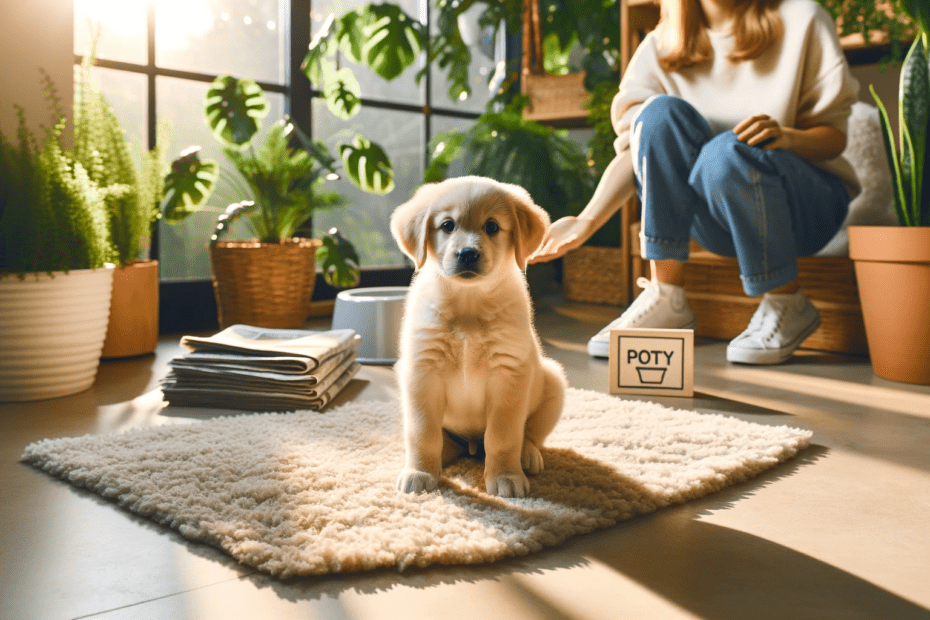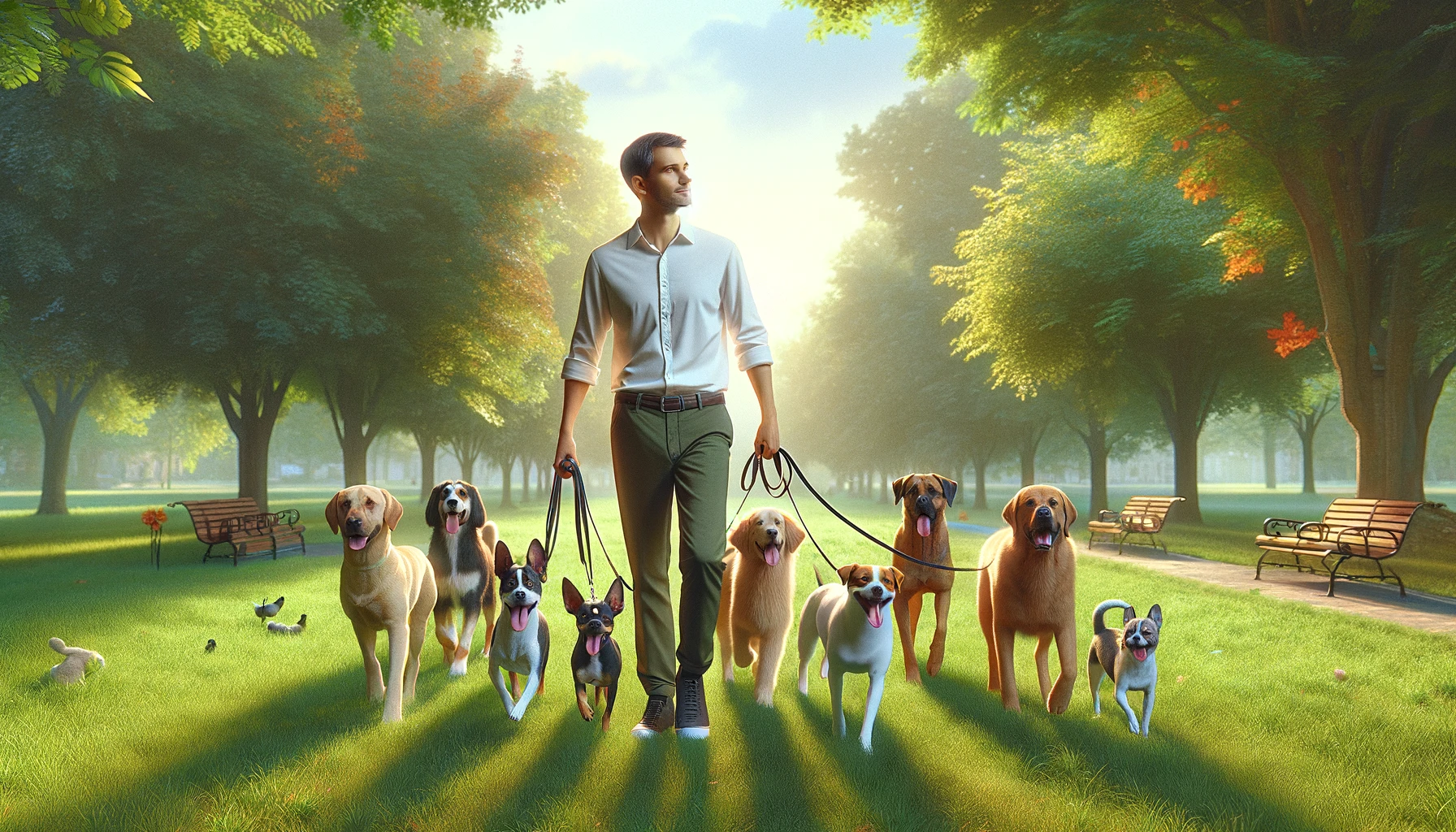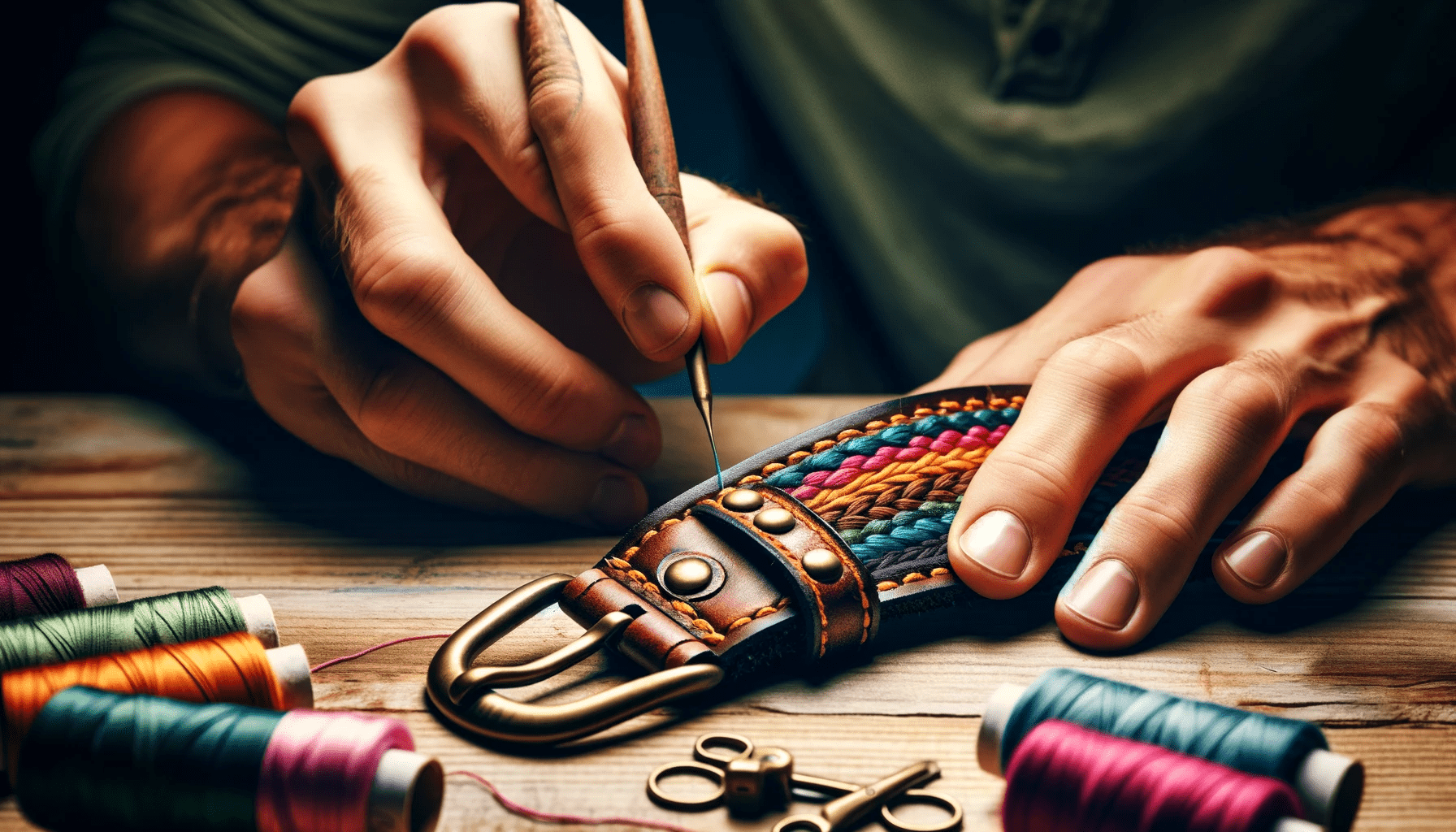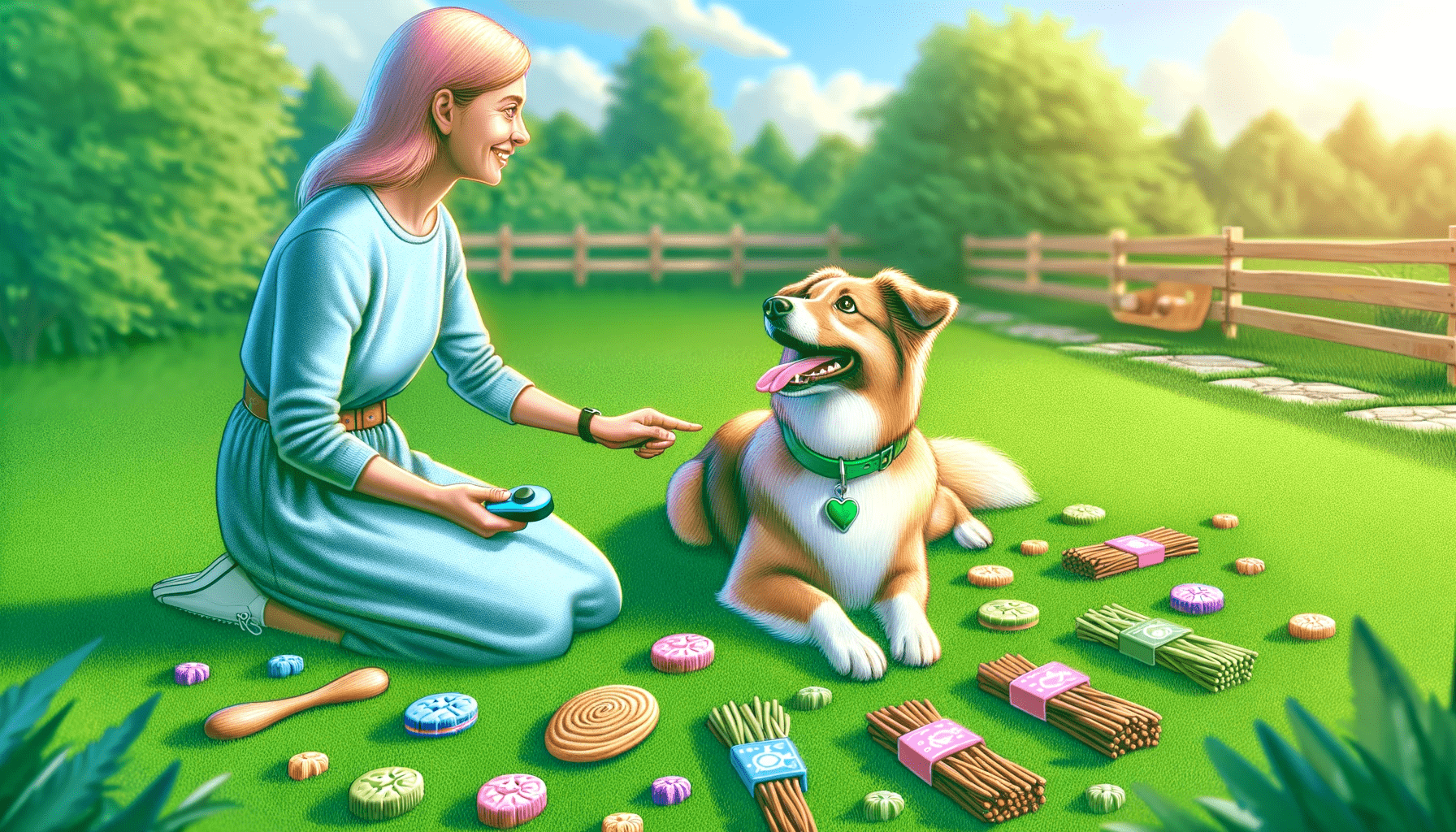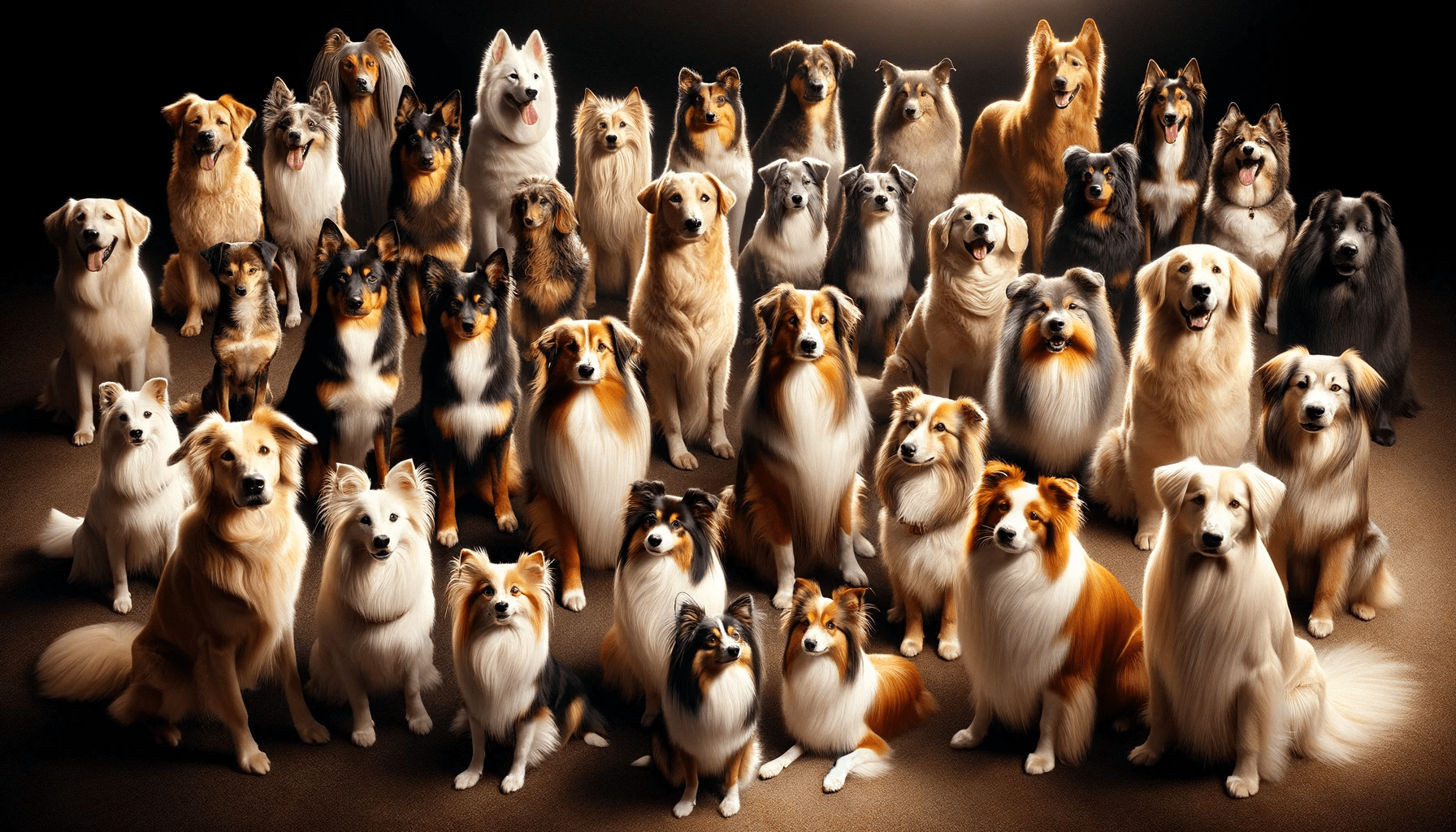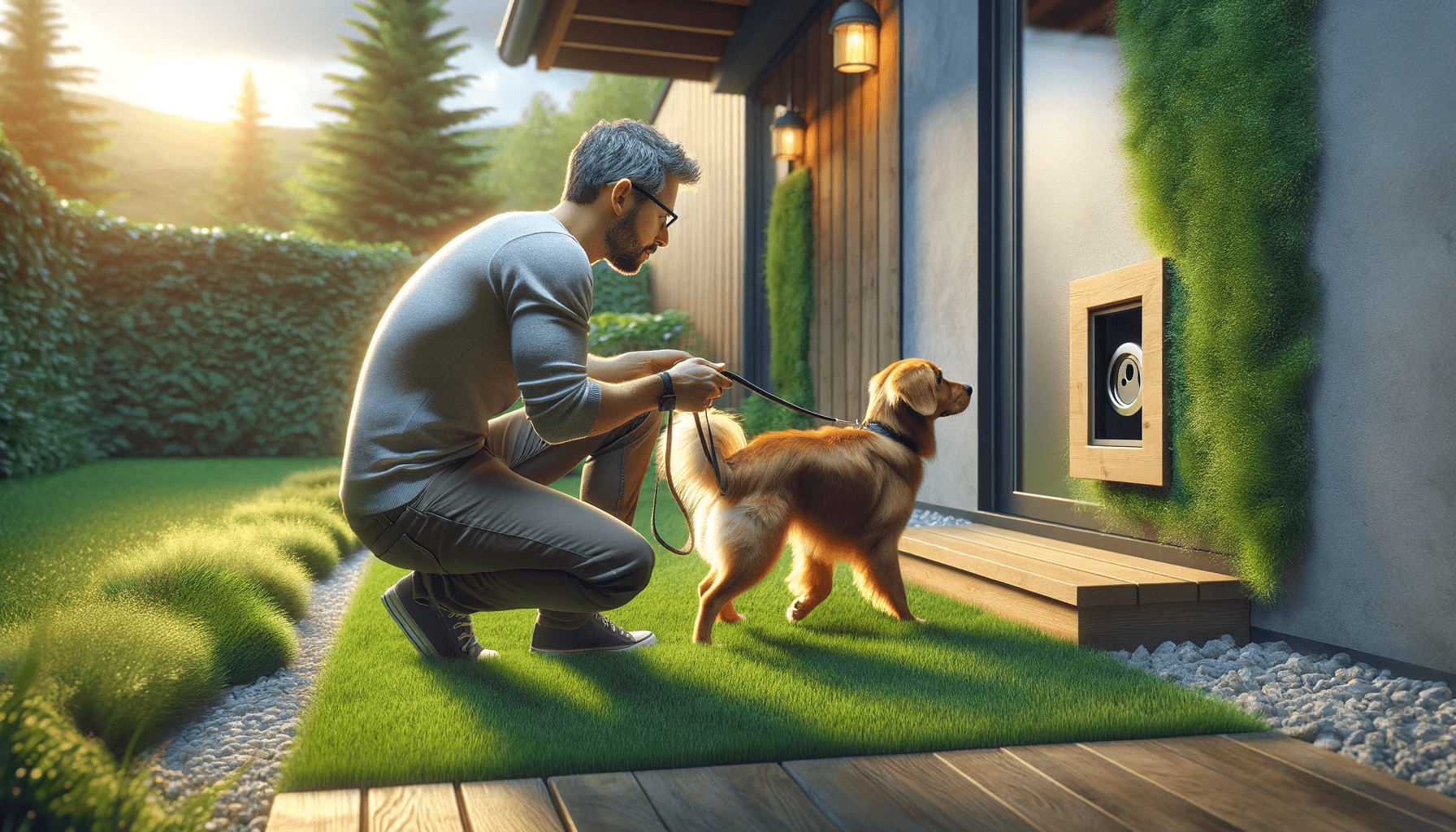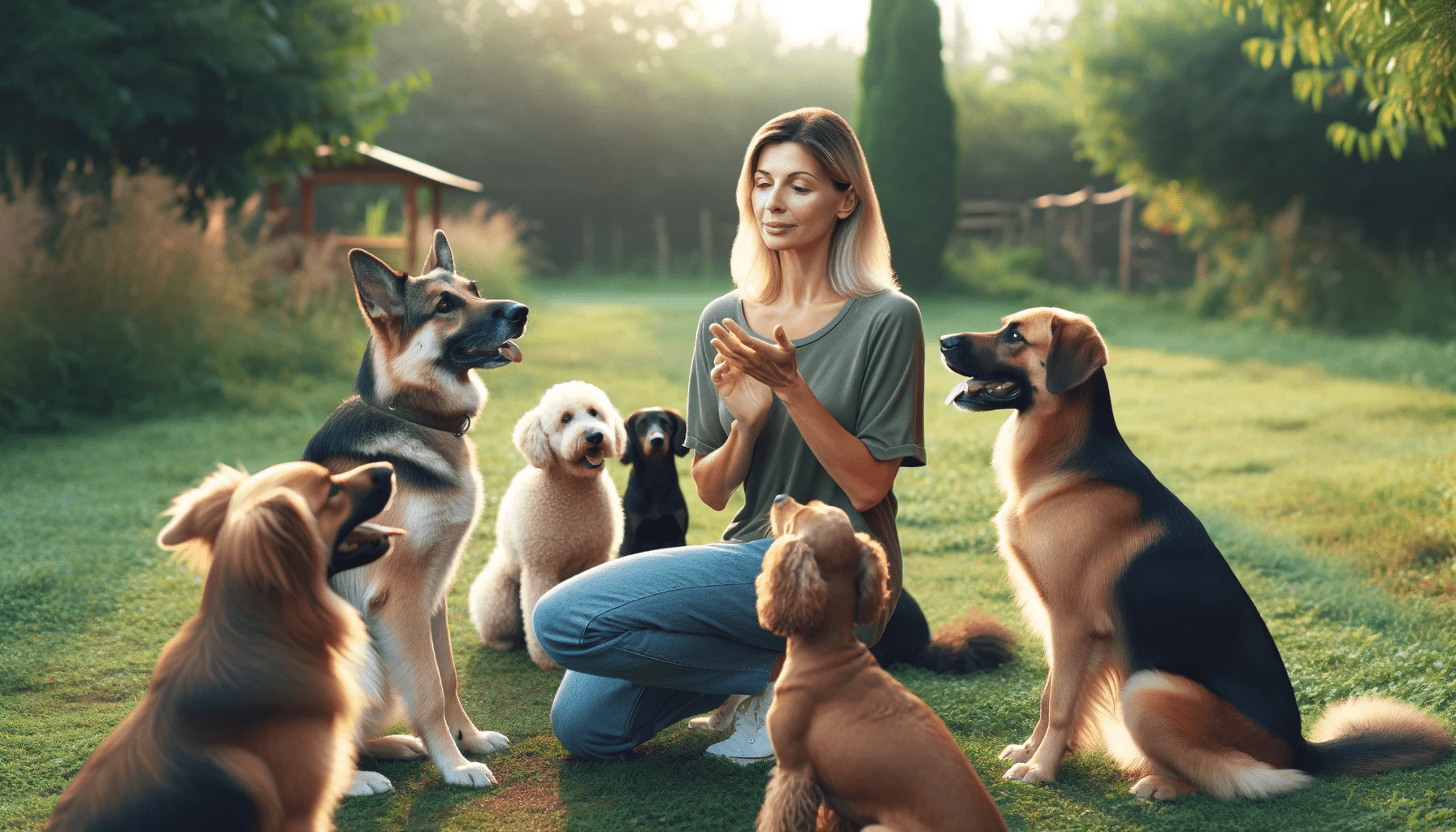Looking to house train your new puppy? You've come to the right place! In this article, we'll share the best tips to help you successfully train your furry friend.
From crate training to establishing a routine, we'll cover all the essential techniques. With positive reinforcement, consistent commands, and supervised playtime, your puppy will learn quickly.
We'll even give you advice on handling accidents and setbacks. Get ready to become an expert in puppy house training!
Key Takeaways
- Choose a suitable crate and create a positive association with it using treats and toys.
- Establish a consistent routine for bathroom breaks, feeding, and playtime.
- Reward good behavior during potty training with treats and praise.
- Take your puppy outside regularly for bathroom breaks and supervise them closely to prevent accidents.
Crate Training
To successfully crate train your puppy, start by choosing a suitable crate and placing it in a quiet, comfortable location in your home. Crate training is an effective way to establish boundaries and provide a safe space for your puppy. Here are some crate training tips to help you get started.
First, make sure the crate is the right size for your puppy. It should be large enough for them to stand, turn around, and lie down comfortably. However, it shouldn't be too big, as a smaller space can help in house training.
Next, create a positive association with the crate by placing treats, toys, and a cozy blanket inside. This will entice your puppy to enter the crate willingly.
Establish a crate training schedule. Start by gradually increasing the amount of time your puppy spends in the crate. Begin with short intervals and gradually extend the time as they become more comfortable.
Remember to never use the crate as a form of punishment. It should be a safe and positive space for your puppy.
Additionally, avoid keeping your puppy in the crate for extended periods. Puppies need plenty of exercise and socialization, so ensure they've regular breaks outside of the crate.
Establishing a Routine
To successfully house train your puppy, it's crucial to establish a routine. Consistency is key in teaching your puppy when and where to go potty. Set specific times for bathroom breaks, feeding, and playtime, and stick to them every day.
Additionally, make sure to reward your puppy for good behavior during potty training to reinforce positive habits.
Consistency Is Key
To successfully house train your puppy, it's essential that you establish a consistent routine. Consistency is key when it comes to teaching your puppy where they should go potty. Here are some tips to help you establish a routine:
- Set a schedule: Take your puppy out to potty at the same times every day, such as first thing in the morning, after meals, and before bed.
- Use crate training: When you can't supervise your puppy, keep them in a crate. Dogs naturally don't like to soil their sleeping area, so this will help prevent accidents.
- Reward good behavior: When your puppy goes potty outside, praise and reward them with a treat. This positive reinforcement will help reinforce their good habits.
- Handle accidents calmly: If your puppy has an accident indoors, clean it up without scolding them. Punishment can actually make them afraid to go potty in front of you.
Reward Good Behavior
Establishing a consistent routine and using positive reinforcement is crucial when it comes to rewarding good behavior in your puppy's house training. Consistency is key in housebreaking methods and potty training techniques.
Dogs thrive on routine, so it's important to establish a schedule for feeding, playtime, and potty breaks. Take your puppy outside to the designated potty area after meals, naps, and play sessions.
When your puppy successfully eliminates outside, praise and reward them immediately with treats, petting, and verbal praise. This positive reinforcement helps reinforce the desired behavior and encourages your puppy to continue their good habits.
Remember to be patient, as accidents will happen during the training process. With a consistent routine and positive rewards, your puppy will quickly learn the appropriate potty behavior.
Positive Reinforcement Techniques
When house training your puppy, it's important to reinforce positive behavior using rewards and praise. Positive reinforcement techniques can be highly effective in teaching your puppy proper potty training and housebreaking methods. Here are four techniques that will help you achieve success:
- Treat-based rewards: Keep a stash of small, tasty treats handy. Whenever your puppy successfully goes potty outside, immediately provide a treat and verbal praise. This positive association will encourage your puppy to repeat the behavior.
- Verbal praise: Dogs thrive on praise and attention. When your puppy eliminates outside, use a happy and enthusiastic tone to express your approval. Say something like, 'Good job! What a smart puppy you are!'
- Playtime rewards: After your puppy successfully goes potty outside, engage in a short play session. This will reinforce the positive behavior and provide additional motivation for your puppy to continue eliminating outside.
- Clicker training: Clicker training is a popular positive reinforcement technique. Use a clicker to mark the desired behavior, such as when your puppy eliminates outside. Follow the click with a treat and praise to reinforce the behavior.
Supervised Playtime and Potty Breaks
When it comes to house training your puppy, establishing a routine for bathroom breaks is crucial.
Consistent supervision during playtime is also important to prevent accidents indoors.
Establishing Routine Bathroom Breaks
Make sure to take your puppy outside for regular bathroom breaks to establish a routine. This is an essential part of puppy house training and can help prevent accidents indoors.
Here are some tips to help you establish a routine for bathroom breaks:
- Set a schedule: Take your puppy outside at the same times every day, such as after meals, naps, and playtime.
- Supervise your puppy: Keep a close eye on your puppy when they're outside to ensure they go potty and don't get distracted.
- Choose a potty spot: Designate a specific area in your yard for your puppy to use as their bathroom spot. This will help them associate that area with going potty.
- Use positive reinforcement: Reward your puppy with praise and treats when they successfully go potty outside. This will reinforce the desired behavior and encourage them to continue going outside.
Importance of Consistent Supervision
Consistent supervision is crucial for ensuring successful puppy house training. It allows you to closely monitor both playtime and potty breaks, preventing accidents from happening inside the house and reinforcing good potty habits.
Effective potty training techniques involve taking your puppy outside regularly. This is especially important after meals, playtime, and naps. By supervising playtime, you can redirect your puppy's attention to appropriate toys and discourage any chewing or biting behaviors.
Supervision also helps you to notice any signs that your puppy needs to go potty, such as sniffing around or circling. By consistently supervising your puppy, you create a structured environment that promotes successful house training and sets your furry friend up for long-term success.
Positive Reinforcement Techniques
To further enhance your puppy's house training progress, incorporate positive reinforcement techniques during supervised playtime and potty breaks. Here are some effective housebreaking techniques using positive reinforcement:
- Clicker training: Use a clicker to mark desired behavior, such as going potty outside. Pair the click with treats to reinforce the behavior.
- Regular potty breaks: Take your puppy outside frequently, especially after meals, naps, and playtime. This helps prevent accidents indoors and reinforces the idea of going potty outside.
- Reward for success: When your puppy eliminates outside, praise and reward them immediately with treats or verbal praise. This positive reinforcement will encourage them to repeat the behavior.
- Supervised playtime: Keep a close eye on your puppy during playtime to prevent accidents indoors. If you notice signs that they need to go potty, immediately take them outside.
Consistent Command Training
Train your puppy with clear, repeated commands to establish a consistent and effective training routine. Command training is an essential part of obedience training for your puppy. By teaching your puppy to respond to specific commands, you can communicate your expectations and set boundaries.
Consistency is key when it comes to command training. Use the same command word or phrase every time you want your puppy to perform a specific action. Whether it's 'sit,' 'stay,' or 'lie down,' make sure to use the same words consistently. This will help your puppy understand what you want them to do and reinforce the desired behavior.
Repetition is also important in command training. Practice the commands regularly in different settings and situations to ensure that your puppy understands and follows them consistently. Remember to reward your puppy with praise, treats, or toys when they respond correctly to the commands. This positive reinforcement will motivate your puppy to continue obeying your commands and strengthen the bond between you.
With consistent command training, you can help your puppy develop good habits and become a well-behaved member of your family.
Handling Accidents and Setbacks
When accidents or setbacks occur during puppy house training, it's important to address them promptly and calmly. Dealing with regression and managing indoor accidents can be challenging, but with the right approach, you can overcome these obstacles. Here are some tips to help you handle accidents and setbacks effectively:
- Remain calm: It's natural to feel frustrated or upset when accidents happen, but it's essential to stay calm. Dogs can sense your emotions, and reacting angrily or harshly may confuse or frighten them.
- Clean up properly: Accidents should be cleaned up thoroughly to eliminate any lingering odors. Use a pet-friendly cleaner to remove the stain and odor, as dogs are more likely to repeat the behavior if they can still smell it.
- Reinforce training: If your puppy has a setback, go back to the basics of house training. Take them outside more frequently, use positive reinforcement, and reward them for going in the right place.
- Consistency is key: Stick to a consistent schedule for feeding, bathroom breaks, and training sessions. This routine will help your puppy understand what's expected of them and reduce the likelihood of accidents.
Frequently Asked Questions
Are There Any Safety Precautions I Should Take When Using a Crate for Puppy House Training?
When using a crate for puppy house training, it's important to take safety precautions. Provide a comfortable space with proper ventilation and avoid leaving your puppy unattended for long periods. Consider crate training alternatives if needed.
How Long Does It Typically Take for a Puppy to Establish a Routine for House Training?
To establish a routine for puppy house training, consistency is key. Take your pup outside frequently, especially after meals and naps. Reward them when they go potty outside and clean accidents promptly. Patience and positive reinforcement are essential for successful puppy house training.
Can You Provide Examples of Positive Reinforcement Techniques That Are Effective for Puppy House Training?
To effectively house train a puppy, it's important to use positive reinforcement techniques. Consistency in command training is key. Examples of effective techniques include praising and rewarding your puppy when they eliminate in the designated area.
Is It Necessary to Supervise Playtime and Potty Breaks for My Puppy, or Can They Be Left Alone During These Times?
During playtime and potty breaks, it is necessary for you to supervise your puppy. This ensures their safety and helps with their house training. Consider using a crate for additional safety precautions.
What Should I Do if My Puppy Continues to Have Accidents Despite Consistent Command Training and Positive Reinforcement Techniques?
If your puppy continues to have accidents despite consistent command training and positive reinforcement techniques, you may need to consider alternative methods for house training. It could be helpful to try using a different type of crate as well.
Conclusion
In conclusion, implementing the best puppy house training tips can greatly assist in successfully potty training your new furry friend.
Crate training, establishing a routine, using positive reinforcement techniques, providing supervised playtime and potty breaks, consistent command training, and handling accidents and setbacks with patience are all effective methods.
By following these tips, you can create a structured and positive environment that will help your puppy quickly learn and adapt to their new home.
